当前位置:网站首页>Flink Yarn Per Job - 启动TM,向RM注册,RM分配solt
Flink Yarn Per Job - 启动TM,向RM注册,RM分配solt
2022-08-05 11:05:00 【hyunbar】



启动TaskManager
YarnTaskExecutorRunner
public static void main(String[] args) {
EnvironmentInformation.logEnvironmentInfo(LOG, "YARN TaskExecutor runner", args);
SignalHandler.register(LOG);
JvmShutdownSafeguard.installAsShutdownHook(LOG);
runTaskManagerSecurely(args);
}
private static void runTaskManagerSecurely(String[] args) {
try {
... ...
TaskManagerRunner.runTaskManagerSecurely(configuration);
}
... ...
}
TaskManagerRunner
public static void runTaskManagerSecurely(Configuration configuration) throws Exception {
replaceGracefulExitWithHaltIfConfigured(configuration);
final PluginManager pluginManager = PluginUtils.createPluginManagerFromRootFolder(configuration);
FileSystem.initialize(configuration, pluginManager);
SecurityUtils.install(new SecurityConfiguration(configuration));
SecurityUtils.getInstalledContext().runSecured(() -> {
runTaskManager(configuration, pluginManager);
return null;
});
}
public static void runTaskManager(Configuration configuration, PluginManager pluginManager) throws Exception {
final TaskManagerRunner taskManagerRunner = new TaskManagerRunner(configuration, pluginManager, TaskManagerRunner::createTaskExecutorService);
taskManagerRunner.start();
}
public void start() throws Exception {
taskExecutorService.start();
}
TaskExecutorToServiceAdapter
implements TaskManagerRunner.TaskExecutorService
public void start() {
// 通过Rpc服务,启动 TaskExecutor,找 它的 onStart()方法
taskExecutor.start();
}
通过Rpc服务,启动 TaskExecutor,找 它的 onStart()方法
RpcEndpoint
public final void start() {
// 终端的启动,实际上是由 自身网关(RpcServer)来启动的
rpcServer.start();
}
终端的启动,实际上是由 自身网关(RpcServer)来启动的
TaskExecutor
public void onStart() throws Exception {
try {
//启动 TaskExecutor服务
startTaskExecutorServices();
} catch (Throwable t) {
final TaskManagerException exception = new TaskManagerException(String.format("Could not start the TaskExecutor %s", getAddress()), t);
onFatalError(exception);
throw exception;
}
startRegistrationTimeout();
}


向ResourceManager注册
private void startTaskExecutorServices() throws Exception {
try {
// start by connecting to the ResourceManager
// 连接 RM
resourceManagerLeaderRetriever.start(new ResourceManagerLeaderListener());
// tell the task slot table who's responsible for the task slot actions
taskSlotTable.start(new SlotActionsImpl(), getMainThreadExecutor());
// start the job leader service
jobLeaderService.start(getAddress(), getRpcService(), haServices, new JobLeaderListenerImpl());
fileCache = new FileCache(taskManagerConfiguration.getTmpDirectories(), blobCacheService.getPermanentBlobService());
} catch (Exception e) {
handleStartTaskExecutorServicesException(e);
}
}
StandaloneLeaderRetrievalService
public void start(LeaderRetrievalListener listener) {
checkNotNull(listener, "Listener must not be null.");
synchronized (startStopLock) {
checkState(!started, "StandaloneLeaderRetrievalService can only be started once.");
started = true;
// directly notify the listener, because we already know the leading JobManager's address
listener.notifyLeaderAddress(leaderAddress, leaderId);
}
}
JobMaster
private class ResourceManagerLeaderListener implements LeaderRetrievalListener {
@Override
public void notifyLeaderAddress(final String leaderAddress, final UUID leaderSessionID) {
runAsync(
() -> notifyOfNewResourceManagerLeader(
leaderAddress,
ResourceManagerId.fromUuidOrNull(leaderSessionID)));
}
}
以下追踪步骤省略,直接到RegisteredRpcConnection中的start方法
RegisteredRpcConnection
public void start() {
checkState(!closed, "The RPC connection is already closed");
checkState(!isConnected() && pendingRegistration == null, "The RPC connection is already started");
// 创建注册对象
final RetryingRegistration<F, G, S> newRegistration = createNewRegistration();
if (REGISTRATION_UPDATER.compareAndSet(this, null, newRegistration)) {
// 开始注册,注册成功之后,调用 onRegistrationSuccess()
newRegistration.startRegistration();
} else {
// concurrent start operation
newRegistration.cancel();
}
}
创建注册对象
开始注册,注册成功之后,调用 onRegistrationSuccess()
ResourceManagerRegistrationListener
in TaskExecutor
@Override
public void onRegistrationSuccess(TaskExecutorToResourceManagerConnection connection, TaskExecutorRegistrationSuccess success) {
final ResourceID resourceManagerId = success.getResourceManagerId();
final InstanceID taskExecutorRegistrationId = success.getRegistrationId();
final ClusterInformation clusterInformation = success.getClusterInformation();
final ResourceManagerGateway resourceManagerGateway = connection.getTargetGateway();
runAsync(
() -> {
// filter out outdated connections
//noinspection ObjectEquality
if (resourceManagerConnection == connection) {
try {
establishResourceManagerConnection(
resourceManagerGateway,
resourceManagerId,
taskExecutorRegistrationId,
clusterInformation);
} catch (Throwable t) {
log.error("Establishing Resource Manager connection in Task Executor failed", t);
}
}
});
}
private void establishResourceManagerConnection(
ResourceManagerGateway resourceManagerGateway,
ResourceID resourceManagerResourceId,
InstanceID taskExecutorRegistrationId,
ClusterInformation clusterInformation) {
final CompletableFuture<Acknowledge> slotReportResponseFuture = resourceManagerGateway.sendSlotReport(
getResourceID(),
taskExecutorRegistrationId,
taskSlotTable.createSlotReport(getResourceID()),
taskManagerConfiguration.getTimeout());
... ...
stopRegistrationTimeout();
}
sendSlotReport向RM申请slot
ResourceManager
public CompletableFuture<Acknowledge> sendSlotReport(ResourceID taskManagerResourceId, InstanceID taskManagerRegistrationId, SlotReport slotReport, Time timeout) {
final WorkerRegistration<WorkerType> workerTypeWorkerRegistration = taskExecutors.get(taskManagerResourceId);
if (workerTypeWorkerRegistration.getInstanceID().equals(taskManagerRegistrationId)) {
if (slotManager.registerTaskManager(workerTypeWorkerRegistration, slotReport)) {
onWorkerRegistered(workerTypeWorkerRegistration.getWorker());
}
return CompletableFuture.completedFuture(Acknowledge.get());
} else {
return FutureUtils.completedExceptionally(new ResourceManagerException(String.format("Unknown TaskManager registration id %s.", taskManagerRegistrationId)));
}
}
SlotManagerImpl
/**
* Registers a new task manager at the slot manager. This will make the task managers slots
* known and, thus, available for allocation.
*
* @param taskExecutorConnection for the new task manager
* @param initialSlotReport for the new task manager
* @return True if the task manager has not been registered before and is registered successfully; otherwise false
*/
@Override
public boolean registerTaskManager(final TaskExecutorConnection taskExecutorConnection, SlotReport initialSlotReport) {
checkInit();
LOG.debug("Registering TaskManager {} under {} at the SlotManager.", taskExecutorConnection.getResourceID().getStringWithMetadata(), taskExecutorConnection.getInstanceID());
// we identify task managers by their instance id
if (taskManagerRegistrations.containsKey(taskExecutorConnection.getInstanceID())) {
reportSlotStatus(taskExecutorConnection.getInstanceID(), initialSlotReport);
return false;
} else {
if (isMaxSlotNumExceededAfterRegistration(initialSlotReport)) {
LOG.info("The total number of slots exceeds the max limitation {}, release the excess resource.", maxSlotNum);
resourceActions.releaseResource(taskExecutorConnection.getInstanceID(), new FlinkException("The total number of slots exceeds the max limitation."));
return false;
}
// first register the TaskManager
ArrayList<SlotID> reportedSlots = new ArrayList<>();
for (SlotStatus slotStatus : initialSlotReport) {
reportedSlots.add(slotStatus.getSlotID());
}
TaskManagerRegistration taskManagerRegistration = new TaskManagerRegistration(
taskExecutorConnection,
reportedSlots);
taskManagerRegistrations.put(taskExecutorConnection.getInstanceID(), taskManagerRegistration);
// next register the new slots
// 注册一个新的slot
for (SlotStatus slotStatus : initialSlotReport) {
registerSlot(
slotStatus.getSlotID(),
slotStatus.getAllocationID(),
slotStatus.getJobID(),
slotStatus.getResourceProfile(),
taskExecutorConnection);
}
return true;
}
}


ResourceManager分配slot
SlotManagerImpl
/**
* Registers a slot for the given task manager at the slot manager. The slot is identified by
* the given slot id. The given resource profile defines the available resources for the slot.
* The task manager connection can be used to communicate with the task manager.
*
* @param slotId identifying the slot on the task manager
* @param allocationId which is currently deployed in the slot
* @param resourceProfile of the slot
* @param taskManagerConnection to communicate with the remote task manager
*/
private void registerSlot(
SlotID slotId,
AllocationID allocationId,
JobID jobId,
ResourceProfile resourceProfile,
TaskExecutorConnection taskManagerConnection) {
if (slots.containsKey(slotId)) {
// remove the old slot first
// 移除旧的slot
removeSlot(
slotId,
new SlotManagerException(
String.format(
"Re-registration of slot %s. This indicates that the TaskExecutor has re-connected.",
slotId)));
}
// 创建和注册 新的这些 slot
final TaskManagerSlot slot = createAndRegisterTaskManagerSlot(slotId, resourceProfile, taskManagerConnection);
final PendingTaskManagerSlot pendingTaskManagerSlot;
if (allocationId == null) {
pendingTaskManagerSlot = findExactlyMatchingPendingTaskManagerSlot(resourceProfile);
} else {
pendingTaskManagerSlot = null;
}
if (pendingTaskManagerSlot == null) {
updateSlot(slotId, allocationId, jobId);
} else {
pendingSlots.remove(pendingTaskManagerSlot.getTaskManagerSlotId());
final PendingSlotRequest assignedPendingSlotRequest = pendingTaskManagerSlot.getAssignedPendingSlotRequest();
// 分配slot
if (assignedPendingSlotRequest == null) {
// 表示 挂起的请求都已经满足了,你暂时没事
handleFreeSlot(slot);
} else {
// 表示 你要被分配给某个请求
assignedPendingSlotRequest.unassignPendingTaskManagerSlot();
allocateSlot(slot, assignedPendingSlotRequest);
}
}
}
private void allocateSlot(TaskManagerSlot taskManagerSlot, PendingSlotRequest pendingSlotRequest) {
Preconditions.checkState(taskManagerSlot.getState() == SlotState.FREE);
... ...
// RPC call to the task manager
//分配完之后,通知 TM提供 slot给 JM
CompletableFuture<Acknowledge> requestFuture = gateway.requestSlot(
slotId,
pendingSlotRequest.getJobId(),
allocationId,
pendingSlotRequest.getResourceProfile(),
pendingSlotRequest.getTargetAddress(),
resourceManagerId,
taskManagerRequestTimeout);
... ...
}
移除旧的slot
创建和注册 新的这些 slot
分配slot
分配完之后,通知 TaskManager提供 slot给 JobMaster


TaskManager 提供slot
TaskExecutor
public CompletableFuture<Acknowledge> requestSlot(
... ...
try {
// 根据 RM的命令,分配taskmanager上的slot
allocateSlot(
slotId,
jobId,
allocationId,
resourceProfile);
} catch (SlotAllocationException sae) {
return FutureUtils.completedExceptionally(sae);
}
... ...
if (job.isConnected()) {
//连接上job, 向JobManager提供 slot
offerSlotsToJobManager(jobId);
}
return CompletableFuture.completedFuture(Acknowledge.get());
}
private void offerSlotsToJobManager(final JobID jobId) {
jobTable
.getConnection(jobId)
.ifPresent(this::internalOfferSlotsToJobManager);
}
private void internalOfferSlotsToJobManager(JobTable.Connection jobManagerConnection) {
... ...
CompletableFuture<Collection<SlotOffer>> acceptedSlotsFuture = jobMasterGateway.offerSlots(
getResourceID(),
reservedSlots,
taskManagerConfiguration.getTimeout());
... ...
}
根据 RM的命令,分配taskmanager上的slot
连接上job, 向JobManager提供 slot
JobMaster
public CompletableFuture<Collection<SlotOffer>> offerSlots(
... ...
return CompletableFuture.completedFuture(
slotPool.offerSlots(
taskManagerLocation,
rpcTaskManagerGateway,
slots));
}
SlotPoolImpl
public Collection<SlotOffer> offerSlots(
TaskManagerLocation taskManagerLocation,
TaskManagerGateway taskManagerGateway,
Collection<SlotOffer> offers) {
ArrayList<SlotOffer> result = new ArrayList<>(offers.size());
for (SlotOffer offer : offers) {
if (offerSlot(
taskManagerLocation,
taskManagerGateway,
offer)) {
result.add(offer);
}
}
return result;
}
/**
* Slot offering by TaskExecutor with AllocationID. The AllocationID is originally generated by this pool and
* transfer through the ResourceManager to TaskManager. We use it to distinguish the different allocation
* we issued. Slot offering may be rejected if we find something mismatching or there is actually no pending
* request waiting for this slot (maybe fulfilled by some other returned slot).
*
* @param taskManagerLocation location from where the offer comes from
* @param taskManagerGateway TaskManager gateway
* @param slotOffer the offered slot
* @return True if we accept the offering
*/
boolean offerSlot(
final TaskManagerLocation taskManagerLocation,
final TaskManagerGateway taskManagerGateway,
final SlotOffer slotOffer) {
componentMainThreadExecutor.assertRunningInMainThread();
// check if this TaskManager is valid
final ResourceID resourceID = taskManagerLocation.getResourceID();
final AllocationID allocationID = slotOffer.getAllocationId();
if (!registeredTaskManagers.contains(resourceID)) {
log.debug("Received outdated slot offering [{}] from unregistered TaskManager: {}",
slotOffer.getAllocationId(), taskManagerLocation);
return false;
}
// check whether we have already using this slot
AllocatedSlot existingSlot;
if ((existingSlot = allocatedSlots.get(allocationID)) != null ||
(existingSlot = availableSlots.get(allocationID)) != null) {
// we need to figure out if this is a repeated offer for the exact same slot,
// or another offer that comes from a different TaskManager after the ResourceManager
// re-tried the request
// we write this in terms of comparing slot IDs, because the Slot IDs are the identifiers of
// the actual slots on the TaskManagers
// Note: The slotOffer should have the SlotID
final SlotID existingSlotId = existingSlot.getSlotId();
final SlotID newSlotId = new SlotID(taskManagerLocation.getResourceID(), slotOffer.getSlotIndex());
if (existingSlotId.equals(newSlotId)) {
log.info("Received repeated offer for slot [{}]. Ignoring.", allocationID);
// return true here so that the sender will get a positive acknowledgement to the retry
// and mark the offering as a success
return true;
} else {
// the allocation has been fulfilled by another slot, reject the offer so the task executor
// will offer the slot to the resource manager
return false;
}
}
final AllocatedSlot allocatedSlot = new AllocatedSlot(
allocationID,
taskManagerLocation,
slotOffer.getSlotIndex(),
slotOffer.getResourceProfile(),
taskManagerGateway);
// use the slot to fulfill pending request, in requested order
tryFulfillSlotRequestOrMakeAvailable(allocatedSlot);
// we accepted the request in any case. slot will be released after it idled for
// too long and timed out
return true;
}

边栏推荐
猜你喜欢
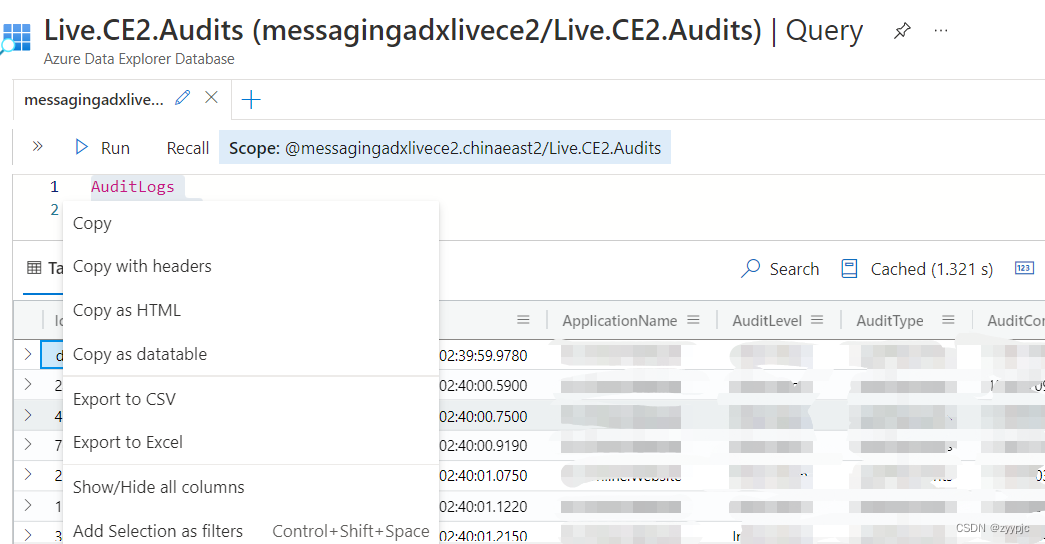
Use KUSTO query statement (KQL) to query LOG on Azure Data Explorer Database
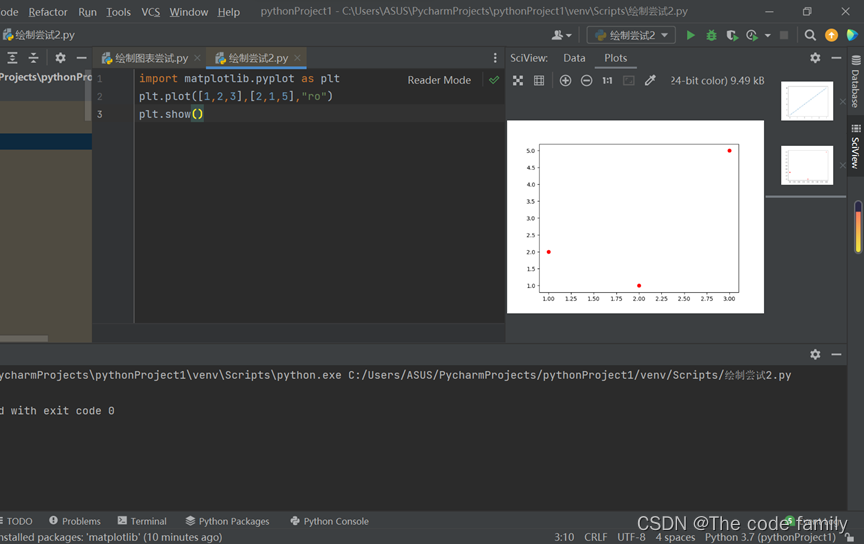
数据可视化(二)

CenOS MySQL入门及安装
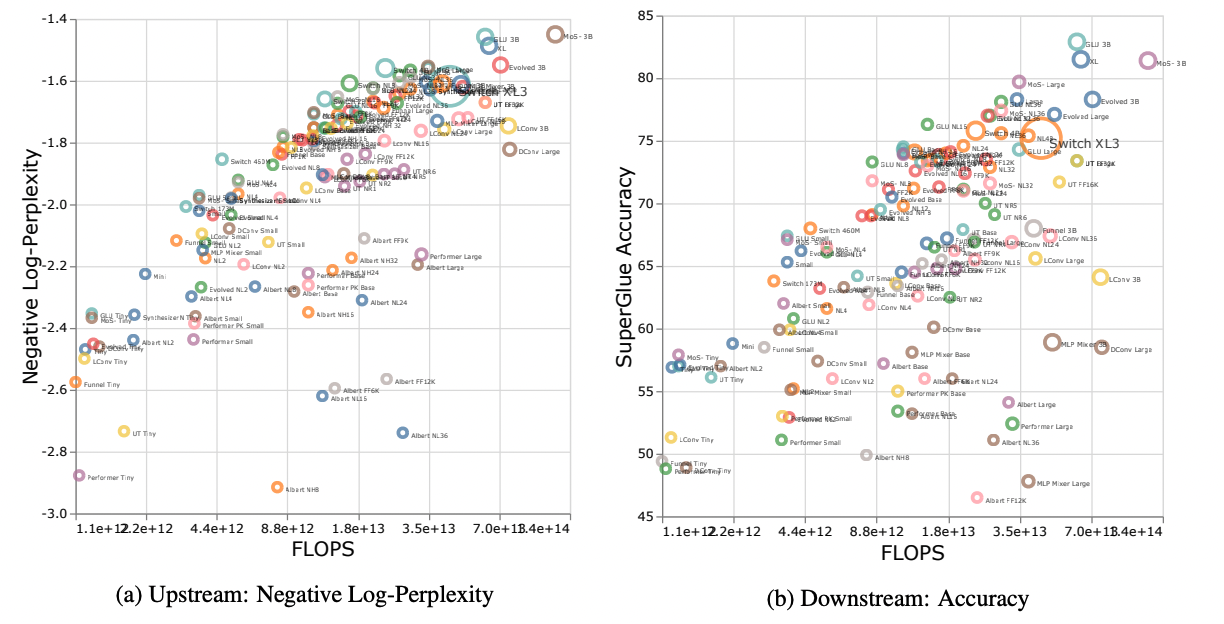
Scaling-law和模型结构的关系:不是所有的结构放大后都能保持最好性能

PostgreSQL 2022 Report: Rising popularity, open source, reliability and scaling key
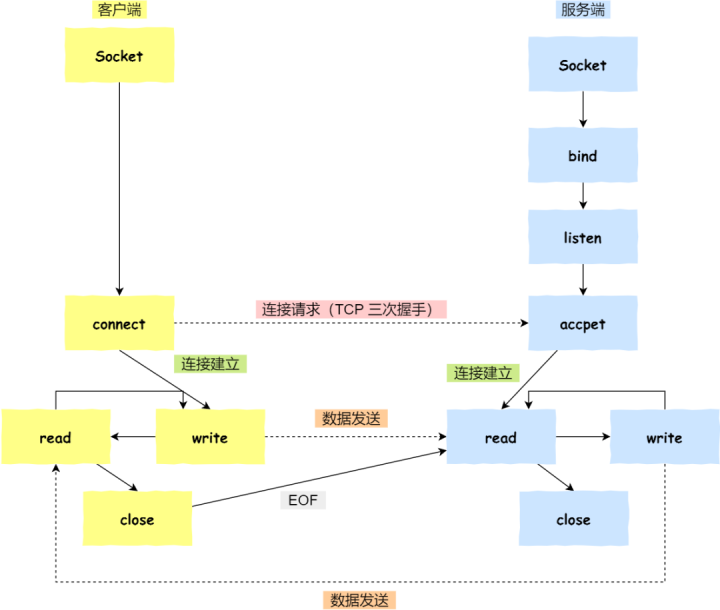
字节一面:TCP 和 UDP 可以使用同一个端口吗?

#yyds干货盘点#【愚公系列】2022年08月 Go教学课程 001-Go语言前提简介
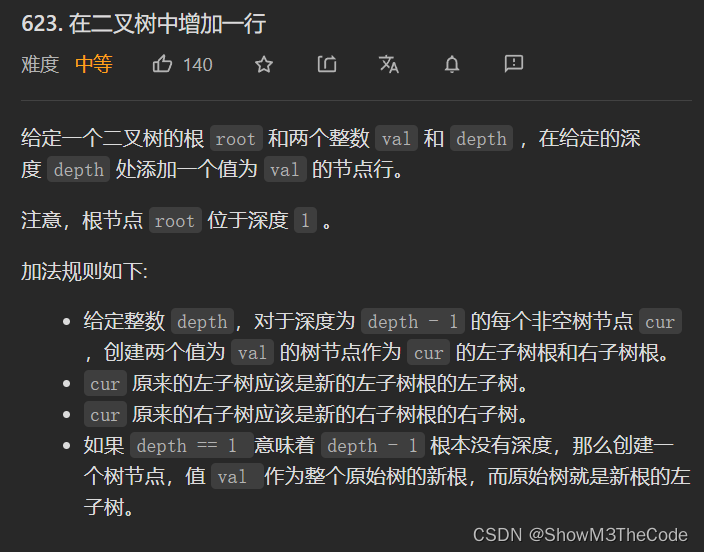
365 days challenge LeetCode1000 questions - Day 050 add a row to the binary tree binary tree

Naive bayes
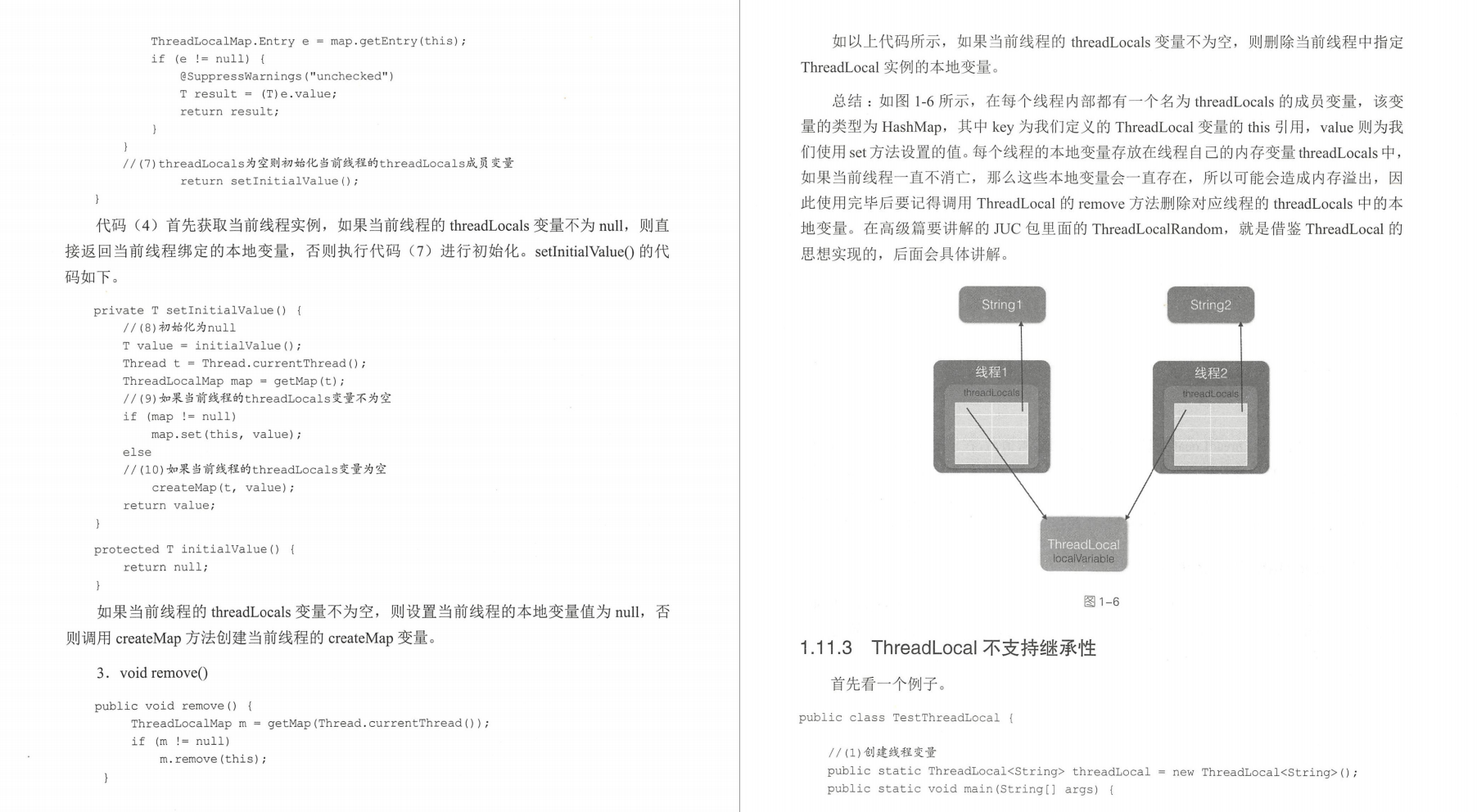
This notebook of concurrent programming knowledge points strongly recommended by Ali will be a breakthrough for you to get an offer from a big factory
随机推荐
如何用Golang来手写一个Blog - Milu.blog 开发总结
nyoj86 找球号(一) set容器和二分 两种解法
UDP communication
OpenHarmony如何查询设备类型
工程设备在线监测管理系统自动预警功能
Support Vector Machine SVM
trie树模板
智能算力的枢纽如何构建?中国云都的淮海智算中心打了个样
#yyds干货盘点#【愚公系列】2022年08月 Go教学课程 001-Go语言前提简介
Detailed explanation of PPOCR detector configuration file parameters
uniapp中的view高度设置100%
华为分析&联运活动,助您提升游戏总体付费
【OpenCV】-仿射变换
Dynamics 365Online PDF导出及打印
图像分割模型——segmentation_models_pytorch和albumentations 组合实现多类别分割
poj2287 Tian Ji -- The Horse Racing(2016xynu暑期集训检测 -----C题)
导火索:OAuth 2.0四种授权登录方式必读
登录功能和退出功能(瑞吉外卖)
微服务结合领域驱动设计落地
shell编程流程控制练习